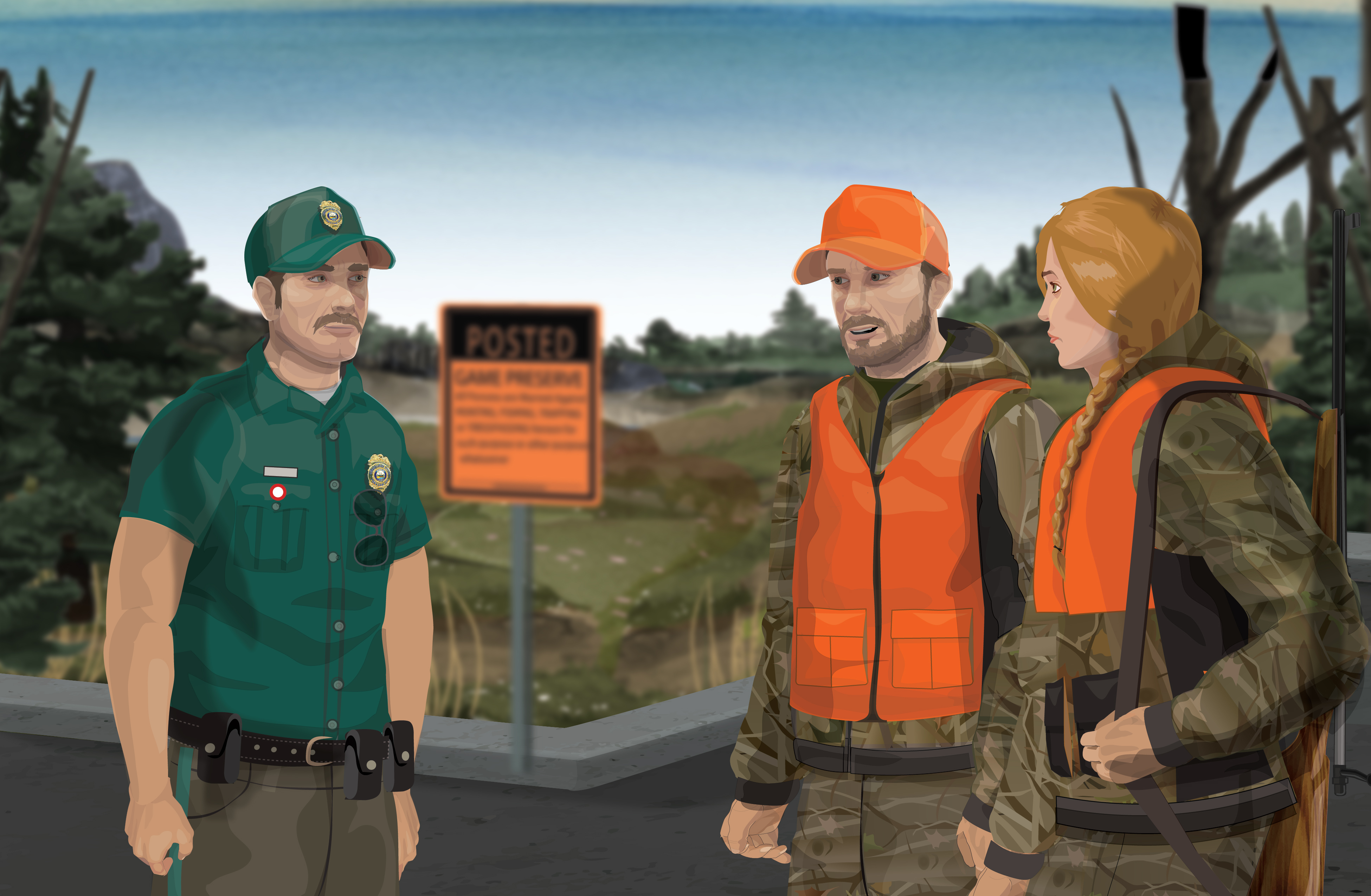HUNTINGsmart! USA Knowledge Base
Module 09 - HUNTING LAWS AND REGULATIONS
CARRYING CAPACITY
The carrying capacity of a habitat is the number of animals that the area can support and keep healthy throughout the year. For example, a two-bedroom home just isn’t big enough for the happy, healthy co-existence of 50 people—wildlife habitats work the same way.
The number of animals that are born and die each year is a direct result of the area's carrying capacity. A habitat only has enough food and cover to support a given number of animals—any additional animals must either find a new habitat or die. Carrying capacity fluctuates with the seasons and can be directly altered by human intervention.

Population Limiting Factors
Factors that prevent the growth of animal populations include:
- Predators
- Starvation
- Disease
- Parasites
- Accidents
- Old age
- Pollution
- Human intervention
Biological Surplus
Biological surplus is the number of animals in a given population that are above the carrying capacity for the habitat area—it’s the overflow effect. If the surplus animal populations are left uncontrolled by wildlife managers and hunters do not kill those animals to decrease the population numbers, those animals would still end up dying due to other factors, such as starvation or disease.



